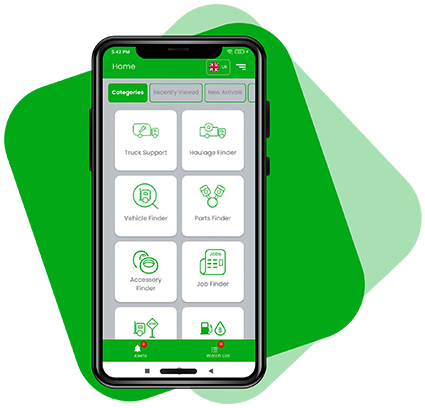Understanding Working Time Directive UK: The working time directive’s goal is to limit the number of hours a driver can work behind the wheel and in other work environments. This is to protect HGV and PCV drivers as well as other road users. The directive limits the number of hours a driver can work, but the rules themselves can be confusing, and many drivers are unsure of their rights when it comes to how many hours they can drive at once, as well as the rest periods required by law.
A digital tachograph is extremely beneficial to both drivers and fleet managers. The SE5000 Digital Tachograph provides real-time updates on driving and rest time, as well as a simple manual entry function that includes ‘rest until now’ and Working Time Directive calculations.
What is the Working Time Directive?
The Working Time Directive is frequently mixed up with the Drivers Hours Regulations. They are not, however, the same, and mobile drivers must follow both sets of rules concurrently.
WTD Rules Explained
Maximum Weekly Average
The HGV Working Time Directive is typically recorded over a 17-week period. In rare cases, and only if changed by Workforce Agreement, time can be recorded for up to 26 weeks. The basic rule of the directive is that a driver cannot work more than 48 hours per week on average. This is during the reference period (17-26 weeks).
A maximum of 60 hours may be worked in any given week. However, the weekly working average must not exceed 48 hours.
Working Time Breaks
The Working Time Directive states that a driver should not work more than six consecutive hours in a day without taking a break.
If a driver works between six and nine hours, they should take 30 minutes of break time during their shift. If the nine-hour workday is exceeded, a 15-minute break is required.
When it comes to night work, drivers must not work more than 10 hours in any 24-hour period. That is, after 10 hours of driving, they are not permitted to drive for another 14 hours. The period between midnight and 4am for goods vehicles and 1am to 5am for Passenger Carrying Vehicles (PCVs) is considered nighttime. A collective or workforce agreement can amend the requirement to operate under night working restrictions.
Sick Days & Holidays
To calculate the Working Time Directive, a driver’s single day of holiday should be recorded as statutory leave, which equals eight hours of work. So, if a week of vacation is taken, that full week is recorded as 48 hours.
Sick days (days when a driver is unable to work due to illness). These are recorded in the same manner as holidays.
Bank holidays will be counted as ‘free days’ and will not count towards your Working Time Directive in the same way that sick days and holidays do. This does not apply if the driver works on the bank holiday.
If a driver spends time in the office, yard or on training, this time will be calculated and applied to their WT hours.
Exemptions from The WTD
There is a list of people who are exempt from keeping track of their Working Time Directive hours.
- Those who do not drive more than 10 times in a Working Time Directive reference period (17 to 26 weeks). Then they are exempt from keeping track of their average weekly hours.
- If a Working Time Directive period of more than 26 weeks is used, a driver may drive up to 15 times before being required to monitor their average weekly hours; however, they must still adhere to the daily limit and rest stop rules as tracked by the digital tachograph fitted to their vehicle.


 Download our New App
Download our New App

